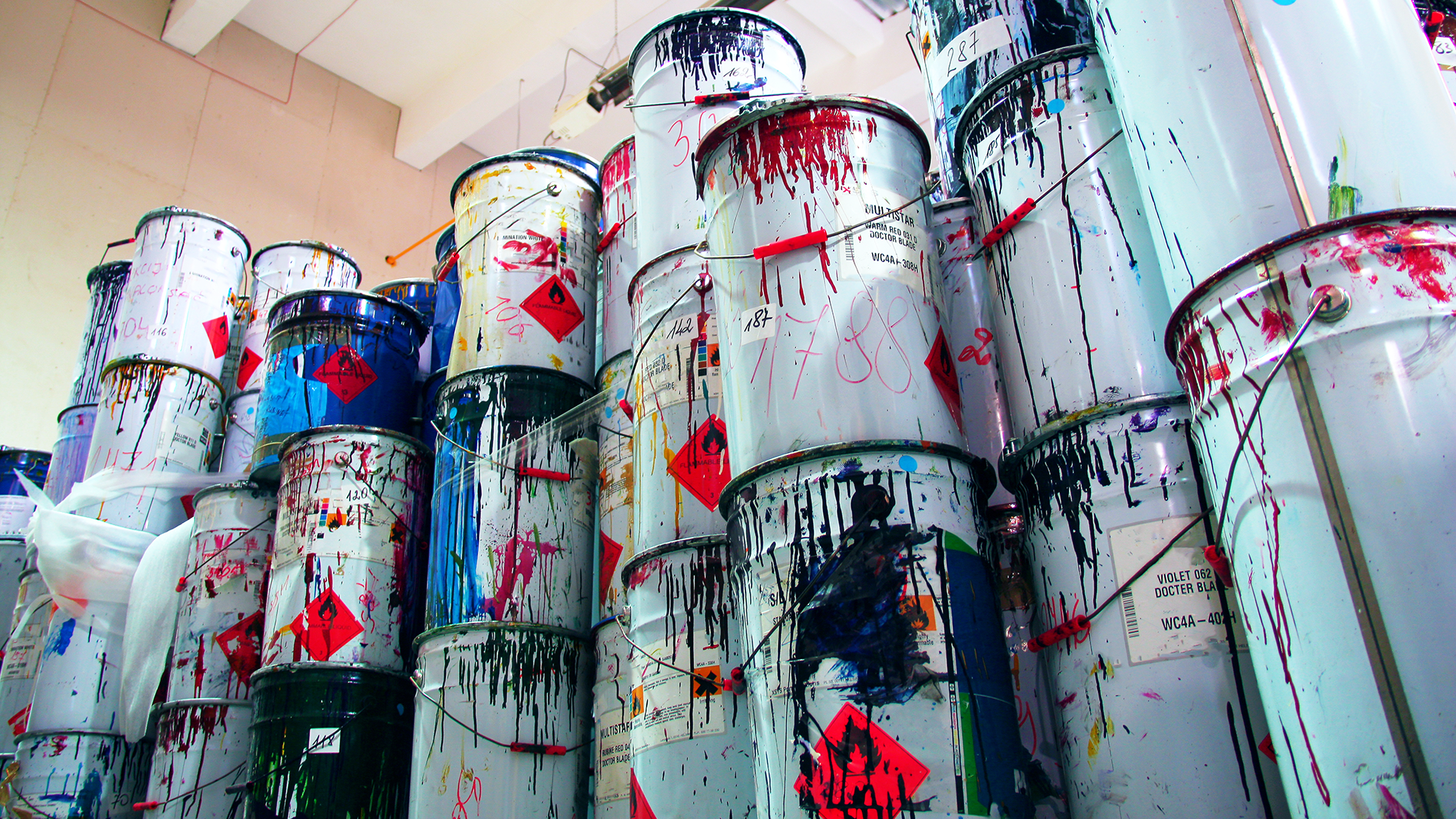A wide variety of industrial, commercial and farming activities can result in chemical contamination of soil, air and water. Some sites within our region have high concentrations of hazardous substances and are considered contaminated sites. Waikato Regional Council is working with site owners, the city and district councils and health authorities to reduce the risks associated with contaminated sites.
What is contaminated land?
Contaminated sites threaten our environment and sometimes human health, and so they need to be managed carefully. The Waikato Regional Council has a responsibility under the Resource Management Act 1991 to identify and monitor contaminated land.
A site is considered to be contaminated when hazardous substances are found at significantly higher concentrations than their normal levels, and there is likely to be a risk to human health or the environment.
It's important to know that many hazardous substances occur naturally in soil, air and water. For example, lead and mercury occur as a result of weathering of rocks or from geothermal areas.
Many chemicals, particularly trace elements, are needed by living organisms in order to live and grow. However, above a certain level even these chemicals can become toxic, interfering with the complex biochemical reactions of plants and animals.
Other hazardous substances do not occur naturally. Over time, some of these have become widespread in our environment. One example is the organochlorine DDT, which was previously used as a pesticide.
Potentially contaminated land is land that has been used for an activity that is more likely than other activities to cause contamination.
You can help minimise the effects of hazardous substances in our environment
- Only use hazardous substances when absolutely necessary.
- Apply safe practice when using, storing and transporting hazardous substances.
- Dispose of hazardous substances correctly.

